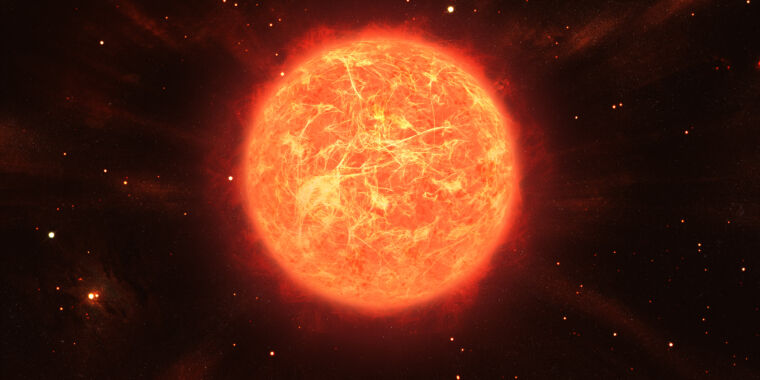The Inevitable Fate of Our Sun and Earth
Considered the jewel of the cosmos, the Earth is the only known abode of life in the vastness of space. From its stunning landscapes to the myriad forms of life that call it home, our planet is truly unique. However, underneath the façade of tranquility lies an unsettling truth – the Earth’s days are numbered. This grim revelation is rooted in the cosmic dance of our Sun, a star that sustains life but will eventually be the harbinger of our planet’s demise.
A Struggling Star
The Sun, the life-giving orb that bathes our world in warmth, is fighting an internal battle against the forces of nature. As it ages, the Sun steadily grows brighter, hotter, and larger, a natural progression that spells doom for the planets orbiting it. Eons ago, when life on Earth was but a dream, the Sun was dimmer, cooler, and smaller. The dinosaurs roamed under a less intense gaze from our star, a testament to its evolutionary march.
Currently, the Sun burns through staggering amounts of hydrogen every second, generating the energy that sustains life on Earth. However, this nuclear furnace leaves behind a wasteful byproduct – helium. The accumulation of helium in the Sun’s core disrupts the delicate balance that keeps the star stable. As helium levels rise and hinder further fusion reactions, the Sun’s core grows heavier and its exterior expands, a slow but inexorable process.
A Balancing Act
Despite the turmoil within, the Sun maintains a delicate equilibrium between nuclear forces and gravitational pressure. This balance, known as hydrostatic equilibrium, is a cosmic tightrope act that allows the Sun to shine steadily for billions of years. Should the scales tip in either direction, the consequences could be cataclysmic – an explosive expansion or a crushing collapse into a black hole.
However, the presence of helium ash disrupts this equilibrium, leading to fluctuations in the Sun’s size and brightness. As helium accumulates in the core, the star brightens and expands, posing a threat to life on Earth. Scientists estimate that we have approximately 500 million years before the Sun’s evolution renders our planet uninhabitable, a mere blink of an eye on the cosmic scale.
While the fate of our Earth may seem distant and inevitable, humanity has the luxury of time to contemplate solutions. By harnessing our collective knowledge and technology, we may find ways to ensure the survival of our species long after the Sun’s fiery descent into oblivion. The challenges ahead are daunting, but the indomitable spirit of humanity may yet prevail against the cosmic forces that shape our destiny.
Image/Photo credit: source url





